In craft chocolate, there is one pair of brothers known for their gumption, their signature old world style and past scandal that rocked their operation. Brothers Rick and Michael Mast were the subjects of a major blogging expose in 2015. The Mast brothers chose not to take action against their attackers and focus on their chocolates while the internet raged. Despite the onslaught, Mast Brothers remains in business and the brothers seem steadfast in their decision to keep doing things their way.
Company co-founder Rick Mast agreed to an email interview with Craft Sense. He gave us his take on the negative internet campaign and the future of his company.
The Mast Brothers Backstory
The brand Mast Brothers chocolate first appeared on the market in 2007 first as truffles and later, bars. Their product stood out thanks to stylish packaging and a quality product. Starting off in their apartment the brothers experimented with different types of cacao and ingredients. They sold their chocolate at special events and the Brooklyn Flea, a weekend market in the hipster borough of New York City.
Soon Mast bars appeared on the shelves of major retailers and caught the attention of the blog Dallas Food. The blog’s writer Scott, (no last name available), wrote an expose that accused the brothers of being frauds.
In December of 2015, Scott published a four-part piece on his blog, claiming that during a workday in 2008 one of the brothers confessed a major secret to Art Pollard of Armano Chocolate. Scott reported the Masts admitted to remelting other chocolates and repackaging them, despite their promise of original recipes and methods.
Mast has publicly stated that they are a bean-to-bar company (meaning they don’t remelt) and always have been. The blog’s claims of cheating were especially salacious in the face of their sworn devotion to originality. Websites and major publications grabbed the story and ran with it. An article in Dmagazine was one of the many that reported on the reporting, helping the story spread further.
More Trouble
The allegations soon had an impact. Food writer Megan Giller, writing in Slate, claimed she had found several stores that refused to carry the brother’s bars in an article published in March of 2015. According to Business Insider reporter Kate Taylor, the shop Bklyn Larder saw a 66 percent dip in Mast Brothers Chocolate sales in 2016.
None of the challenges proved fatal. Mast Brothers are still making and selling their chocolate both online and in retail outlets across the country.
Rick Reflects
When Craft Sense caught up with Rick Mast and asked what his biggest takeaway was from the 2015 controversy. He had this to say:
“I try and laugh through it but let’s face it, internet smear campaigns are no fun. Especially if you are the target (understatement of the year). What can seem funny on the surface is often some serious bullying, or worse… These days, little by little, the public is becoming more discerning and hopefully demanding more from their news sources and their food sources. That’s a good sign. I’m thankful for that.”
One of the original issues cited in the Dallas Food Blog piece was Mast Brothers’ lack of transparency in their labeling. Unlike almost every other craft chocolate maker, Mast did not list the origin or percentage of cacao used in their bars. Currently, the company’s site mentions a few countries of origin but the names of the farms growing the cacao are left out. We asked if that will change and Mast clarified that it will not.
“Over the past decade, we have experimented with several different labeling methods and have found the most success with focusing on simplicity, clarity, and beauty…There are some changes to our labeling that you will see this year, but the philosophy remains the same.”
A Closer Look at Sourcing
When answering Craft Sense’s questions about their business, Mast broke down the company’s sourcing like this:
“We have always been committed to purchasing the highest grade, organic beans at well beyond a fair trade premium… We continue to source from thousands of family farms throughout the country.”
Almost every other bean-to-bar chocolate maker takes a different approach, one that highlights their farmers. Dick Taylor Chocolate, for example, is an entirely transparent business. They include each farm’s name and origin on their packaging and dedicate significant space on their website to backstories and photos of the growing process. They also print statements of how much farmers are paid per metric ton of cacao beans.
Askinosie Chocolate does them one better. The Missouri company has a complete breakdown of their financial interactions with each individual farm on their website. Askinosie also often features photos of their farmers on the front of their packaging.
Beauty Before Sources
This kind of transparency has come to be accepted as part of the craft business. So many chocolate experts bristle at Mast Chocolate’s decision not to follow suit.
“We design our label to be beautiful, delicious and pleasurable,” Rick Mast explained. “Our current back label focuses on clarity and simplicity of ingredients… We don’t do it as a marketing or messaging strategy. Consumers are smarter than that.
Of course, this begs the question as to whether or not consumers are discerning enough to make good choices. After all, Nestle is a major chocolate company with a terrible reputation, and yet it still has a strong foothold in the food market. The company’s financial report from 2016 shows they generate billions in sales despite allegedly using child slaves to farm cacao.
Another question is whether it’s a sound decision to reduce transparency when Mast Brothers continues to be plagued by trust issues from the scandal. Rick explained their purchasing to us in our interview when asked directly. However, the brothers don’t capitalize on their history as an early purchaser for many emerging cacao farmers. Mast Brothers was one of the first craft chocolate makers to purchase the Tanzanian cacao from Kokoa Kamili and beans from Bertil Akesson’s plantations in Madagascar.
Other companies would jump up to claim credit to be the first purchaser from new high-quality cacao farms. For whatever reason, the Mast brothers have not.
Mast Chocolate Today
One of the biggest developments in Mast Brothers chocolate is the closure of their branded retail outlets in Los Angeles and London. Rick Mast says the closures are part of regrouping, returning to their roots by concentrating on their Brooklyn Navy Yard production facility.
“We knew the move [to open retail outlets] was going to be a cash burn and eventually we had to make a decision; continue to invest in our own retail expansion or invest in simply making more chocolate…We still have a strong presence in London and Los Angeles, just not a retail one at the moment.”
Looking Forward
For now, it seems that Mast Brothers will continue to ride out the last of the negativity. A recent GrubStreet article published in March 2017 stated the Mast Brothers’ Brooklyn facility has the capacity to produce $100 million worth of chocolate. So the capacity is there, if the demand is. Whether or not the bad news persists, one thing is clear: the Mast brothers’ remain enthusiastic about chocolate – and doing things their own way.
“..the awesome thing about being an entrepreneur is that on any given day you get to be a chocolate maker, an architect, a therapist, an activist, an accountant, a janitor, a writer, an engineer and just about everything in between,” Rick Mast said. “It’s my dream job.”
Have you tasted Mast Brothers chocolate? Want to weigh in on the debates on the packaging? Want to give your take on the treatment of the company in the media? Post and comment below to tell us what you think.


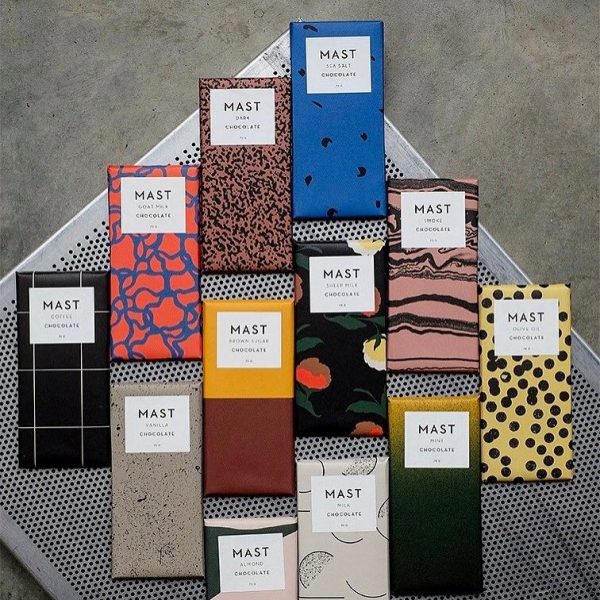
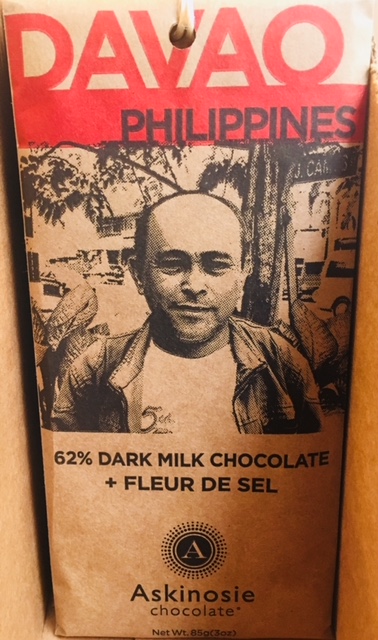
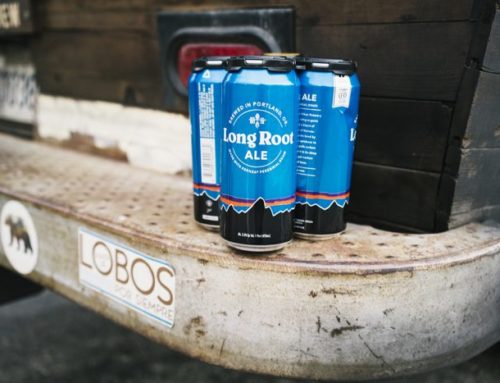
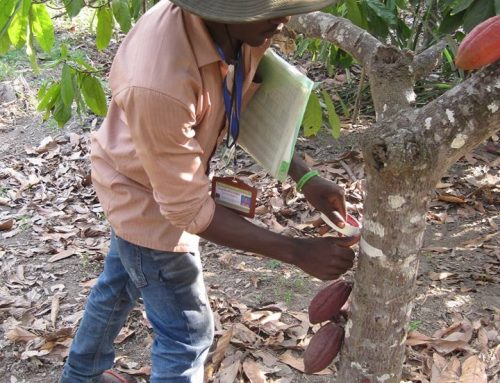

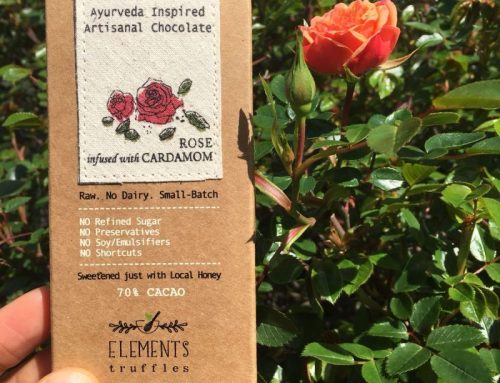
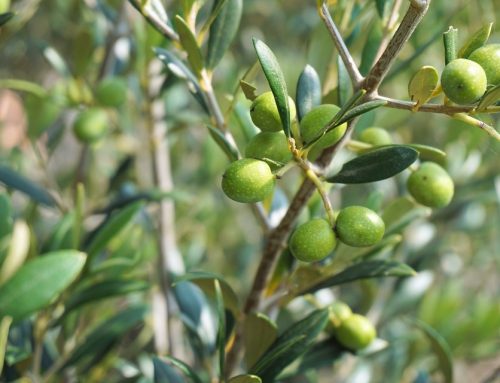
For anyone interested in the actual and insightful conversation that took place: https://mastbrothers.com/journal/2018/2/26/the-curious-conversation-with-lindsay-redifer
Hi Rick, Thank you for linking the complete interview text. We appreciate the transparency. Was there anything you wanted to clarify or provide further comment on? We’d be happy to do a follow-up and/or provide an update to the story. We were going to ask you on your blog page, as well, but it doesn’t seem to be enabled for public comment.
@Rick – I read both this article and the full transcript you posted as I also hate misleading articles by journalists. But I don’t understand why you think this article is so different. What do you think is missing or misrepresented in this article? Genuinely curious.
While this article doesn’t publish every single word from the transcript (and it shouldn’t, since it’s an article and not a transcript), it seems very fair and doesn’t take your words out of context, but gives background based on what the journalist considers useful for the reader to know interspersed with your quotes, as articles should not just reflect your words, but help readers see all sides.
That said, as a reader, I actually thought the journalist didn’t drill down enough in your full interview to get your response on whether or not you guys did deceive your customers. It almost reads like you guys were given a free pass because they liked you guys and were happy you were speaking to them. So it seemed a gentle treatment. Hence my confusion. If I’m missing something here, happy to learn more.
Great story! Their chocolate is okay. Packaging is top notch. Treatment in the media…when the NYT, Washington Post, Guardian, Quartz, and AP all are calling you out, that’s no “internet smear campaign.” If Rick Mast doesn’t like the coverage he’s gotten, he has only himself to blame for deceiving the public back in the day and refusing to come clean, even when he’s been flat out busted.